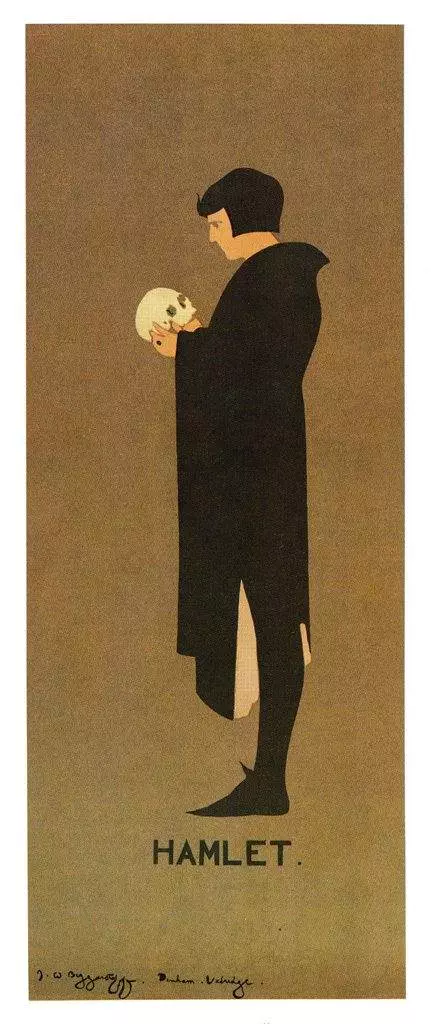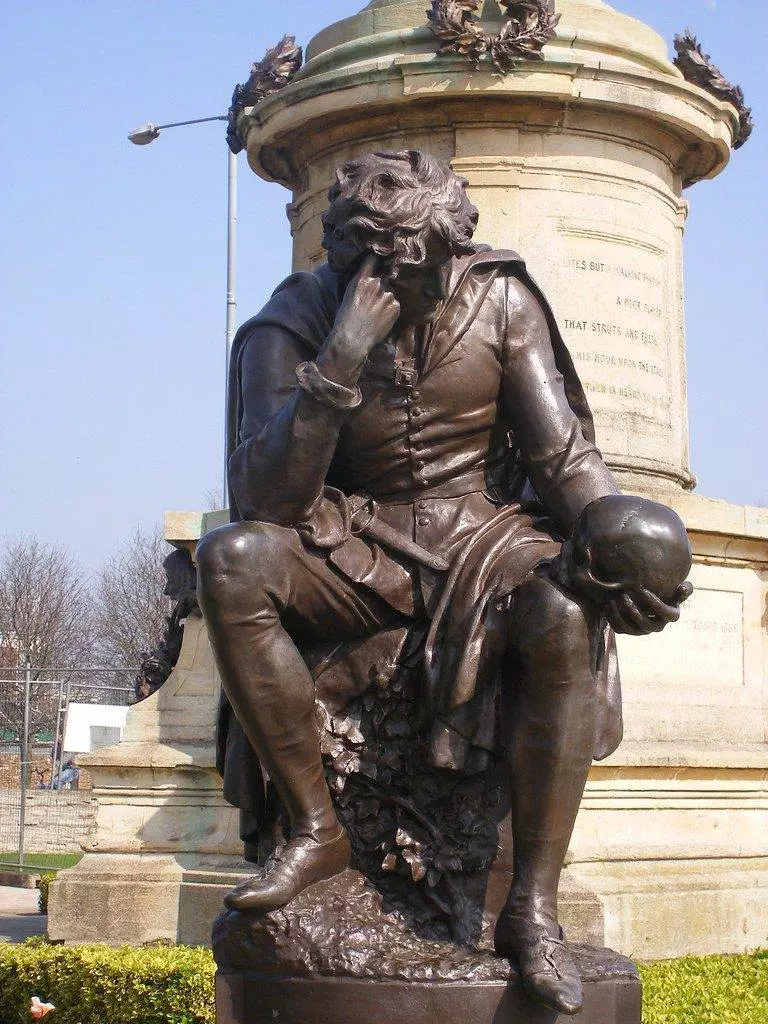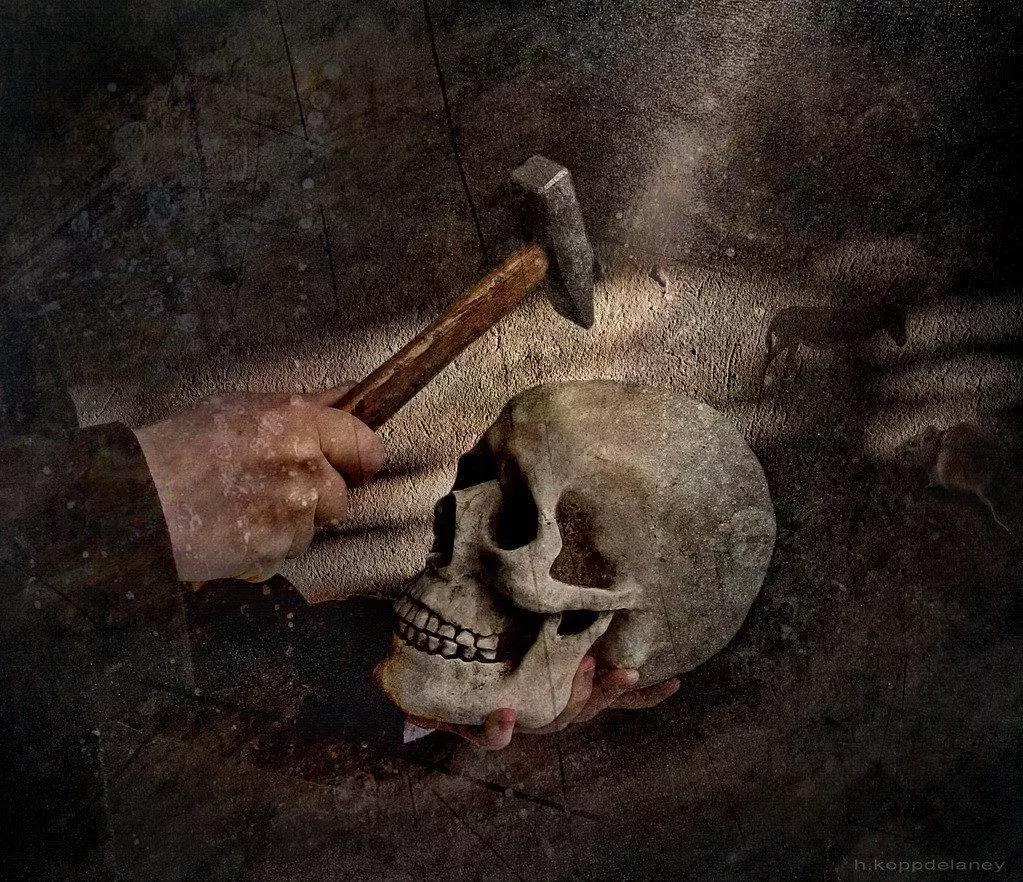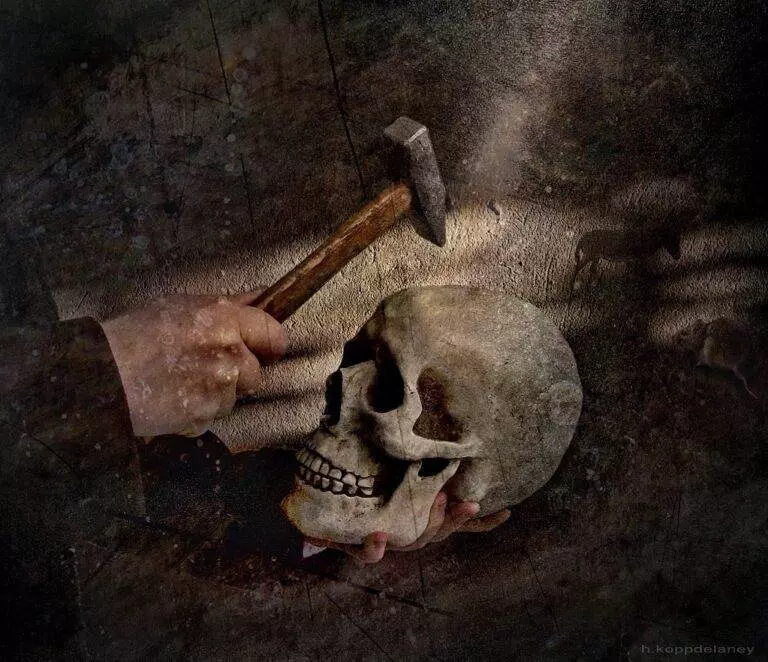Shakespeare’s Hamlet is a cornerstone of English literature, renowned for its intricate exploration of human nature, morality, and the search for self. At the heart of this tragedy lies the concept of identity, a theme that is intricately woven through the fabric of the play. The protagonist, Hamlet, grapples with his sense of self as he navigates complex relationships, moral dilemmas, and the specter of madness. This blog post aims to delve into these aspects of Hamlet’s identity, offering insights that are particularly valuable for UGC NET aspirants looking to deepen their understanding of Shakespearean drama.
Table of Contents
Shakespeare’s Hamlet : Identity Shaped by Relationships
Relationship of Hamlet with His Father, King Hamlet
The death of King Hamlet sets the stage for the younger Hamlet’s profound identity crisis. King Hamlet’s demise is not just a familial loss but a seismic event that disrupts the entire kingdom of Denmark. The appearance of King Hamlet’s ghost further complicates Hamlet’s sense of self. The ghost’s revelation that he was murdered by Claudius, Hamlet’s uncle, thrusts Hamlet into a quest for revenge, significantly shaping his actions and internal conflict. This encounter with the ghost is pivotal, as it forces Hamlet to confront the duality of his identity as both a son seeking justice and a prince navigating political intrigue.

Relationship with Queen Gertrude
Hamlet’s relationship with his mother, Queen Gertrude, is fraught with emotional turbulence. Gertrude’s swift remarriage to Claudius, the very man responsible for King Hamlet’s death, leaves Hamlet feeling betrayed and disillusioned. This sense of betrayal is compounded by his Oedipal complex, where his deep-seated feelings for his mother clash with his moral repulsion towards her actions. Gertrude’s choices significantly impact Hamlet’s perception of identity, intertwining familial loyalty with moral outrage and deepening his existential anguish.
Interaction with Ophelia
Hamlet’s romantic relationship with Ophelia further complicates his identity. Initially, Ophelia represents a source of affection and normalcy in Hamlet’s chaotic world. However, as Hamlet becomes consumed by his quest for vengeance, he distances himself from Ophelia, ultimately rejecting her. This rejection is partly a strategic move to feign madness but also reflects Hamlet’s inner turmoil and inability to reconcile his love for Ophelia with his overarching mission. Ophelia’s tragic fate exacerbates Hamlet’s psychological distress, highlighting the collateral damage of his pursuit and adding layers to his complex identity.

The Role of Morality in Hamlet’s Identity
Hamlet’s Philosophical Contemplations
Hamlet’s identity is heavily influenced by his philosophical musings, particularly his contemplations on existence and morality. The famous “To be or not to be” soliloquy encapsulates Hamlet’s existential crisis. Here, he ponders the nature of life and death, the allure of oblivion versus the moral imperative to endure suffering. These reflections reveal Hamlet’s profound inner conflict and his struggle to define his identity amidst the uncertainties of existence.
Struggle Between Action and Inaction
A significant aspect of Hamlet’s identity is his vacillation between action and inaction. Hamlet’s intellectual nature leads him to overthink and philosophize, often at the expense of decisive action. This hesitation is evident in his reluctance to kill Claudius, despite having multiple opportunities. Hamlet’s moral and ethical considerations, coupled with his fear of damnation and the afterlife, paralyze him, shaping an identity marked by indecision and internal conflict. This struggle is central to Hamlet’s character, reflecting the broader human condition and the perpetual tension between thought and action.

Madness and Its Influence on Hamlet’s Identity
The Question of Hamlet’s Madness
One of the most debated aspects of Hamlet’s identity is his madness. Throughout the play, there is a constant tension between whether Hamlet’s madness is genuine or feigned. Hamlet himself claims to “put an antic disposition on,” suggesting that his madness is a strategic facade to distract and disarm those around him while he plots his revenge. However, as the play progresses, the lines blur, and Hamlet’s erratic behavior and intense emotional outbursts suggest that the pretense of madness may have seeped into reality. This ambiguity is crucial as it reflects Hamlet’s fragmented identity, caught between sanity and insanity, performance and authenticity.
How Hamlet’s Behavior Affects His Identity
Hamlet’s behavior, whether genuinely mad or not, profoundly impacts his identity. His feigned madness allows him to speak truths that would otherwise be dangerous, exposing the corruption and moral decay of the Danish court. This guise gives Hamlet a certain freedom but also isolates him from those who once cared for him, such as Ophelia and Horatio. The act of madness becomes a double-edged sword, granting him the liberty to pursue his mission while simultaneously eroding his connections and sense of self. The internal and external conflicts arising from his madness amplify the complexities of Hamlet’s identity, making him one of Shakespeare’s most enigmatic characters.
The Impact of External Perceptions
How other characters perceive Hamlet’s madness also plays a significant role in shaping his identity. Claudius and Polonius, for instance, view Hamlet’s madness as a threat, prompting them to spy on him and eventually plot his death. Gertrude and Ophelia, on the other hand, see it as a source of deep concern and sorrow. These varying perceptions influence how Hamlet is treated and, consequently, how he perceives himself. The external validation or condemnation of his madness forces Hamlet to confront the reality of his actions and their implications on his identity.
The Role of Madness in the Broader Context of the Play
Madness in Hamlet extends beyond the protagonist and serves as a critical thematic element that reflects the chaos and moral corruption within the Danish court. The madness of Ophelia, genuine and tragic, juxtaposes Hamlet’s ambiguous insanity and highlights the destructive impact of political and familial machinations. Ophelia’s descent into madness and subsequent death act as a mirror to Hamlet’s own struggles, further complicating the narrative around identity and sanity. The theme of madness in the play, therefore, not only deconstructs Hamlet’s identity but also serves as a commentary on the broader human condition and societal disintegration.
Conclusion
In “Hamlet,” Shakespeare masterfully explores the concept of identity through the protagonist’s complex relationships, moral dilemmas, and the ambiguous nature of his madness. Hamlet’s identity is a tapestry of filial duty, philosophical inquiry, and psychological conflict, making him a profoundly relatable and timeless character. His relationships with King Hamlet, Queen Gertrude, and Ophelia shape his actions and self-perception, while his philosophical contemplations and moral struggles highlight the existential dimensions of his identity. The interplay between feigned and real madness adds further depth to Hamlet’s character, reflecting the multifaceted nature of human identity.
For UGC NET aspirants, understanding the complexities of Hamlet’s identity provides invaluable insights into Shakespearean drama and its enduring relevance. The play challenges readers to reflect on the nature of self, the impact of external influences, and the ethical dimensions of human actions. By deconstructing Hamlet’s identity, one gains a deeper appreciation of Shakespeare’s craft and the timeless questions that continue to resonate in contemporary discourse.
In conclusion, Hamlet’s journey of self-discovery and his struggle with identity offer a rich tapestry for analysis and reflection. This exploration not only enhances one’s critical thinking skills but also fosters a deeper understanding of the human experience as portrayed in one of literature’s greatest works.



2 Comments
Pingback: Diamond Boy by Michael Williams: A Comprehensive Guide - LitGram by MukeshRishit
Pingback: Exploring Anti-Heroes in Modern Literature: Types, Examples, and Impact